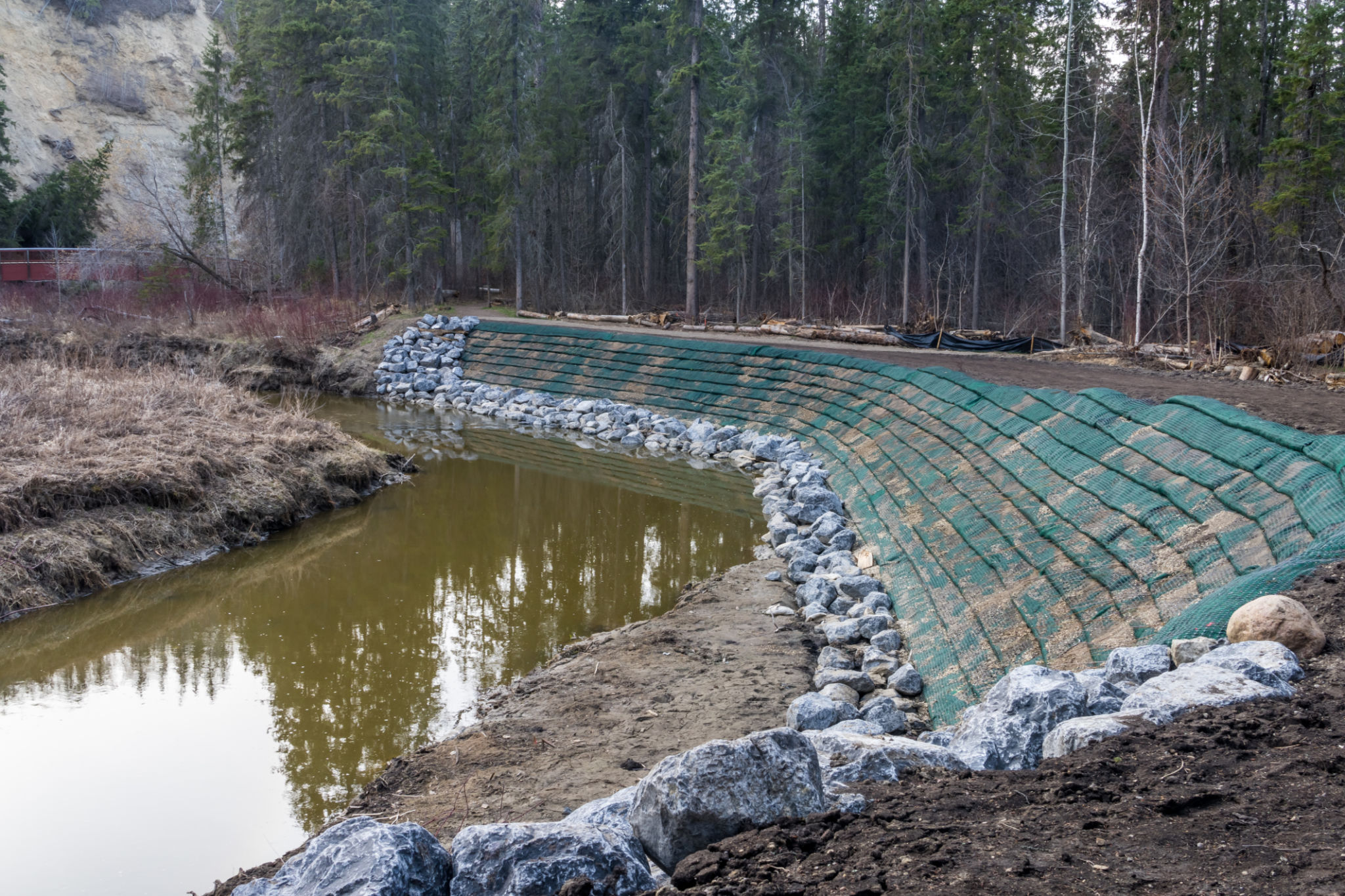Common Misconceptions About Erosion Control and How to Avoid Them
Understanding Erosion Control
Erosion control is a crucial aspect of maintaining landscapes, agricultural fields, and construction sites. It involves practices that prevent soil loss and water pollution. Despite its importance, several misconceptions exist, leading to ineffective strategies. By debunking these myths, we can implement more effective solutions.

Misconception 1: Erosion Control Is Only Necessary for Large Projects
Many people believe that erosion control is only important for large-scale projects, such as major construction sites or expansive agricultural fields. However, erosion can occur in any area where soil is disturbed. Even small garden beds or residential landscapes can experience significant soil loss if not managed properly.
Solution: Implement erosion control measures regardless of the project's size. Simple practices like mulching or planting ground cover can significantly reduce soil erosion in smaller areas.
Misconception 2: Vegetation Alone Can Stop Erosion
While vegetation is a powerful tool in preventing erosion, relying solely on plants is not always sufficient. Different terrains and soil types may require additional measures to effectively control erosion.

Solution: Combine vegetation with other erosion control methods such as retaining walls, terraces, or erosion control blankets. This integrated approach ensures more comprehensive protection against soil loss.
Misconception 3: Erosion Control Methods Are Expensive
There is a common belief that implementing erosion control measures is costly. This misconception can deter individuals and businesses from taking necessary actions to prevent erosion.
Solution: There are cost-effective erosion control solutions available. Techniques like using natural barriers, recycled materials, or community resources can minimize expenses while effectively managing erosion.

Misconception 4: Erosion Only Affects Soil
Erosion is often thought to impact only the soil, but it can have broader environmental effects. Erosion can lead to water pollution, damage to aquatic habitats, and even affect infrastructure stability.
Solution: Recognize the broader impacts of erosion and address them in your control strategies. Consider the effects on water quality and nearby ecosystems when planning erosion control measures.
Misconception 5: Erosion Control Is a One-Time Effort
Some people believe that once erosion control measures are in place, no further action is needed. However, erosion control requires ongoing maintenance and monitoring to be effective.
Solution: Regularly inspect and maintain erosion control measures. Adapt and update strategies as needed to address changing conditions and ensure long-term effectiveness.

By understanding and addressing these common misconceptions, we can improve erosion control practices. Effective erosion management not only preserves soil health but also protects the environment and infrastructure, ensuring a sustainable future for all.
